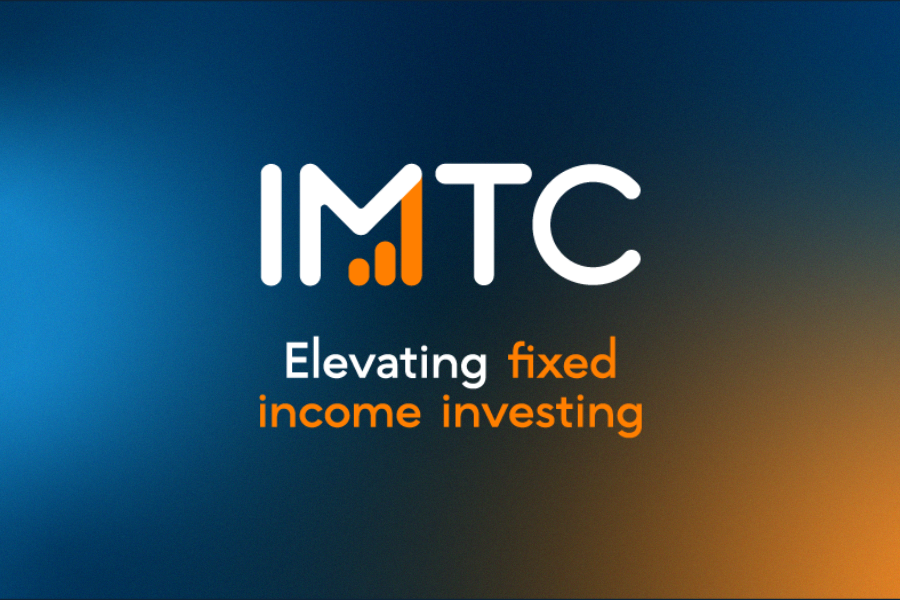Harnessing the Power of Data: The Case for AI, Big Data, and Predictive Analytics in Fixed Income

The search for yield is never over. As fixed income portfolio managers seek ways to gain greater yields, data has become a massive differentiator for firms looking to transform investment decisions. The ability to access new types of data, along with the ability to analyze and correlate big data sets quickly, provides new ways for portfolio managers to optimize their portfolios.
In the bond markets, investors continue to struggle on one side with mass amounts of data that takes time to process (reading an Official Statement or parsing through the tens of thousands of muni issuers) with a severe lack of transparency on the other (bond pricing and trading analytics). In IMTC’s second webinar in a series of five focused on performance – The Power of Data: Strategies to Improve Portfolio Analytics & Investment Decisions – our distinguished panelists discussed the ways new alternative sources of data and predictive analytics help portfolio managers improve their ability to make strong decisions.
Watch the on demand webinar to see how investment managers can stay ahead of the curve.
Transparency and transformation in the bond markets with new predictive analytics
Fixed income has long been plagued with a lack of transparency. As access to unique sources of data, and its accessibility, is growing, investors are uncovering new ideas and connections that haven’t previously been visible. By analyzing aggregated data quickly, portfolio managers can anticipate possible market disruptions that affect their investments. This data-driven approach to portfolio allocation enables fixed income managers to uncover granular information such as investor behaviors, tendencies, and patterns that enhance the decision-making process. In an industry that doesn’t always have transparent pricing, data is becoming more of a game changer.
The exponential growth in data is especially useful for evaluating pricing on muni bonds, a notoriously opaque market. Many portfolio managers are processing bid data to predict the next trade but with so many issues and a short half-life, non-continuous data makes pricing difficult. Since it may not always be possible to get a recent price on the same security, municipal traders are turning to unique information sources that allow them to build cohorts of similar securities so they can infer pricing and predict how a large block they will trade.
The rise of electronic trading has improved the transparency of bond pricing overall and also contributed to the rise of predictive bond pricing. Rather than just indicative bids, fixed income portfolio managers can now leverage the true bids and live prices that their clients expect when making decisions. That coupled with new sources of data provides even more insight for PMs.
“Unlike corporate markets where reports are quarterly, some municipal markets report financials annually. A lot of times they’re very delayed, three or four months after the year ended…so the need for a lot of these alternative data sets to fill in the blanks in between reporting periods couldn’t be more important” explains Chris Fenske, Head of Fixed Income Research at IHS Markit. “It’s particularly important for the sector.”
These are the tools many fixed income investors are beginning to implement, so to ignore these new areas of innovation could mean falling behind the curve.
Solving the time crunch: using AI and machine learning
Advancements in technologies requires the ability to process big data so investment themes can be translated into actionable insights and create value. By using big data and analytics, investment decisions are now more accurate and timelier, providing the efficiencies needed for portfolio managers to focus on uncovering new opportunities that they could have missed earlier.
Data can now easily be sourced from news articles, websites, and social media, so there is no limit to what kinds of data can be leveraged for better investment decisions. AI and machine learning technology parses through the mass amounts of data that would be impossible, or require an unreasonable amount of time, to process by a human manually. These technologies pave the way for fixed income managers to learn quickly and use that information to place expedient trades.
AI and machine learning are exponentially powering the fixed income world, including:
- AI to measure ESG data, leveraging predictive analytics and machine learning to review unstructured data sets
- Machine learning to harness the power of the crowd on social media to measure investor sentiment
- AI to increase the accuracy of quotes by examining price correlations and investor behavior
- Natural language processing (NLP) to rapidly work through hundreds of pages of documents, standardizing data and aggregating insights for easy access by analysts
“We’re familiar with trade data and quote data, but you’ve got traffic data, you’ve got credit card receipts, shipping data, satellite weather data… and these are all datasets that can now be leveraged to find key insights into potential investment ideas and fixed income markets.” – Kevin Molloy
With the exponential growth in alternative data sources, it is important that portfolio managers extract meaningful information, organize it in a way that benefits their clients, and determine how to best deploy it so their clients reap the rewards. Data needs to be easily accessible and interconnected into systems – many are turning to APIs and open source platforms in order to process the information. Not only is it a necessity so data is actionable, but also it reduces the potential for human error.
The growth of alternative data sources can be leveraged to capture alpha and efficiency from the marketplace but also necessitates a way to best harness all the information available to make informed investment decisions and boost performance. To remain competitive in today’s market, modern portfolio managers are taking full advantage of these new and unique data sources so they can continue to optimize their allocation strategies and make more confident investment decisions. The ability to capture and leverage all different types of data sets is the new differentiator for firms to maximize returns and client satisfaction.
Technology is only as good as how it is used. NOVA is designed by and for fixed income professionals, empowering them to take action and make decisions quickly and accurately with real-time data and analytics capabilities. It allows you to future-proof your business; driving operational efficiencies, mitigating risk and delivering performance, to ultimately enable business growth.





